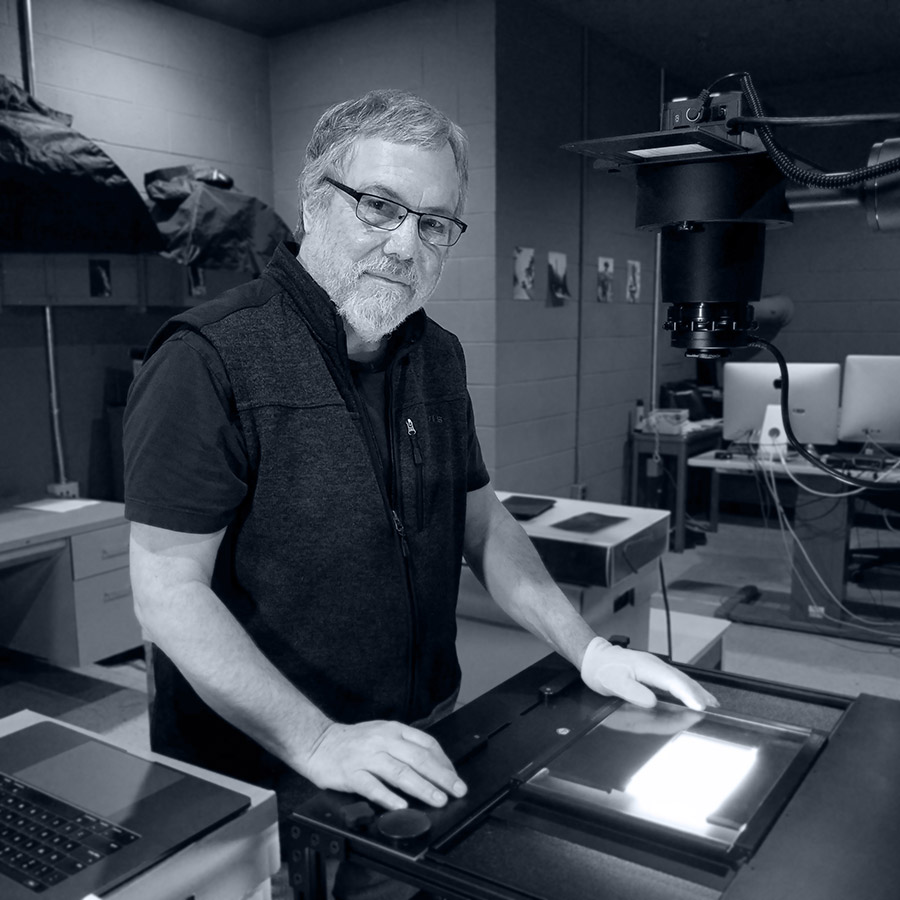Artist’s Statement
Invisible photographs. That’s how I think of the majority of my work for the University of Michigan. Formal training in my craft taught me to see the photograph as an objet d’art, a means of self-expression, a window into the photographer’s personal vision. Working as a cultural heritage photographer requires sacrificing these principles, allowing the subject to speak for itself. Cultural heritage photographs are by definition artless, and therein lies their intrinsic value. Each and every object, whether a rare Egyptian sarcophagus or a mud brick, is treated with the same care, respect, and attention to detail. Here, photographic technique and process serve only one purpose: to reveal the subject matter in an accurate visual description that allows the viewer to draw their own interpretations. By restraining artistic impulses and applying industry standards and conventions, the mud brick is elevated, given the same dignity and relevance of a fine art piece.
Occasionally, specialized techniques such as infrared photography or raking light are required to enhance information and detail not seen under standard conditions. These images are invaluable to preservation and conservation efforts by providing a visual record of the object in its current condition. The most widespread use of these photographs is within research communities. Most of my photographs end up on university servers and online, available to researchers and the world at large if they know where to look. It is most rewarding when a papyrologist across the Atlantic recognizes that a fragment she is working with is part of the same document as a fragment in our collection. Being able to join two small pieces in the puzzle of our human story and make a larger, more complete narrative is most satisfying. Just as gratifying and even more fun is when someone says they want to use my photos for marketing purposes. In these circumstances, normal standards will not apply and I can feel free to be interpretive with lens choice, lighting, and composition. Hopefully, creating a dramatic image of an ancient artifact is as engaging for the casual viewer as it is for me.
In our lives today we are inundated with images, most of them inconsequential and of poor quality. A high-quality, dramatic image of an artifact hanging on a public banner, inserted in a press release, or waiting in a rack of postcards can draw the interest of passing eyes. Over the past two decades it has been my great pleasure and honor to handle and document many of the amazing objects in our university collections. Knowing that my images will “live” on university servers and the world wide web for many years to come, available to students, researchers, and the just plain curious, is a legacy of which I am most proud.
— Randal Stegmeyer


